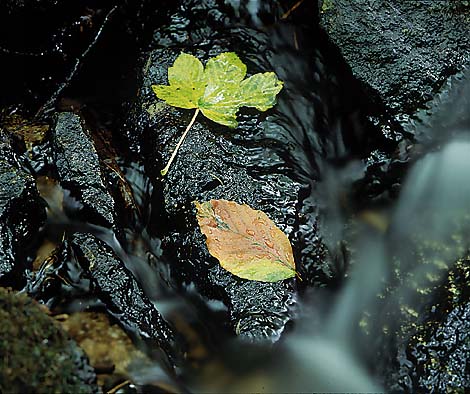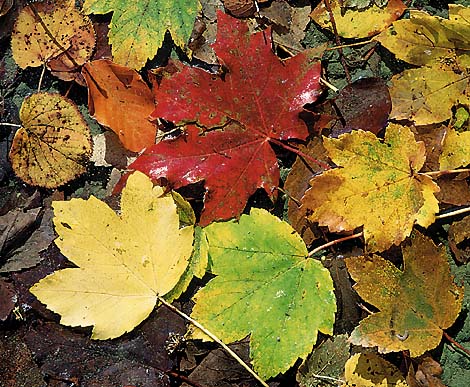

Andrew Cowin moved to Germany in 1983 - a tough move for a self-taught photographer, as in that country he's not permitted to call himself a "photographer" and would receive a hefty fine for doing so.
"In fact, I'm not allowed to sell pictures as such", he says. "The problem is that fotograf - photographer - is a protected title only to be used if you have the right qualifications. The solution is to call yourself a photo-designer or photojournalist, and sell the rights to produce a picture."
Andrew had his first contact with photography at the ripe old age of 28 when he encountered Edward Weston's Dead Pelican, 1942. You can find this in Weston's book The Flame of Recognition, ISBN 0-89381-533-0.
Cowin argues that it was Weston who accomplished more than anyone, following Alfred Stieglitz, to elevate photography to the status of fine art.
"The way Weston made an exquisite, beautiful picture of such an unprepossessing subject gave me the first inkling that photography was a genuinely creative medium", Andrew explains.
His first camera was a Pentax Spotmatic, purchased second-hand from the art teacher of the school where he was working, after discussing Weston's photograph. He's been loyal and now has two Pentax K1000 bodies with 50mm, 28mm and 135 Pentax lenses. He's since added a 200mm and 300mm, both second-hand from dealers. The optical quality of these lenses has never disappointed him.
"About five years ago, I met the work of Shinzo Maeda, whose book A Leaf, a Blade of Grass impressed me by making clear that, if one has a refined sense of perception, the smallest thing can be of interest.
"Maeda succeeds in making pictures of literally nothing. It's a far greater achievement to make a lovely shot of something that most people would walk past without even noticing.
"So I moved to medium format, as publishers simply take you more seriously when you offer a larger format. It also suits my slow style and makes you stop and think before shooting.
"I chose the Mamiya RB67 because of the 6 x 7cm ideal format shape - I don't like the square proportions of 6 x 6cm. The revolving back is excellent for switching to vertical format shots.

"Added to this it has a mirror-up function for extra sharpness, and in German cold winters it performs adequately down to minus 15 degrees C, while an electronic camera would have given up far sooner."
Having to carry about 15Kg of 6 x 7cm gear can be rather cumbersome and unsuitable for moving subjects; that's when he reverts to his Pentax.
Although building up a name for himself in Germany for his architectural work of the major cities for postcards, guides, books and calendars, it is when photographing nature that he feels most at home.
It took longer to find a niche for these but the trend in Germany is towards the so called gift-books, small collections of photos and texts ideal as a cheap gift for various occasions. With one publisher Andrew has produced 13 of these, with plans for more in the future.
"I find Fuji Velvia excellent for my work", says Cowin. "It's sharp, fine-grained and offers saturated colour even under poor light conditions and for long exposures. Colours could be said to be too exaggerated (particularly greens) or warm, but as photography should be creative rather than pure replication, it seems valid to exploit this trait. "Velvia�s warm tone means less blue cast at midday - to my mind a weakness of Kodachrome - but can catch you out for interiors which can be too yellow. For these I use Agfachrome RSX50." Cowin�s pictures first caught our attention when looking for an autumn seasonal cover. Their exquisite sharpness, accurate exposure and colour are a lesson for anyone wanting to sell such shots. - Steve Newman
Andrew Cowin can be contacted at: Dantestrasse 2, 69115 Heidelberg, Germany. All photographs are strictly coypright and may not be reproduced in any way from this feature. All enquiries by post to the photographer, please.